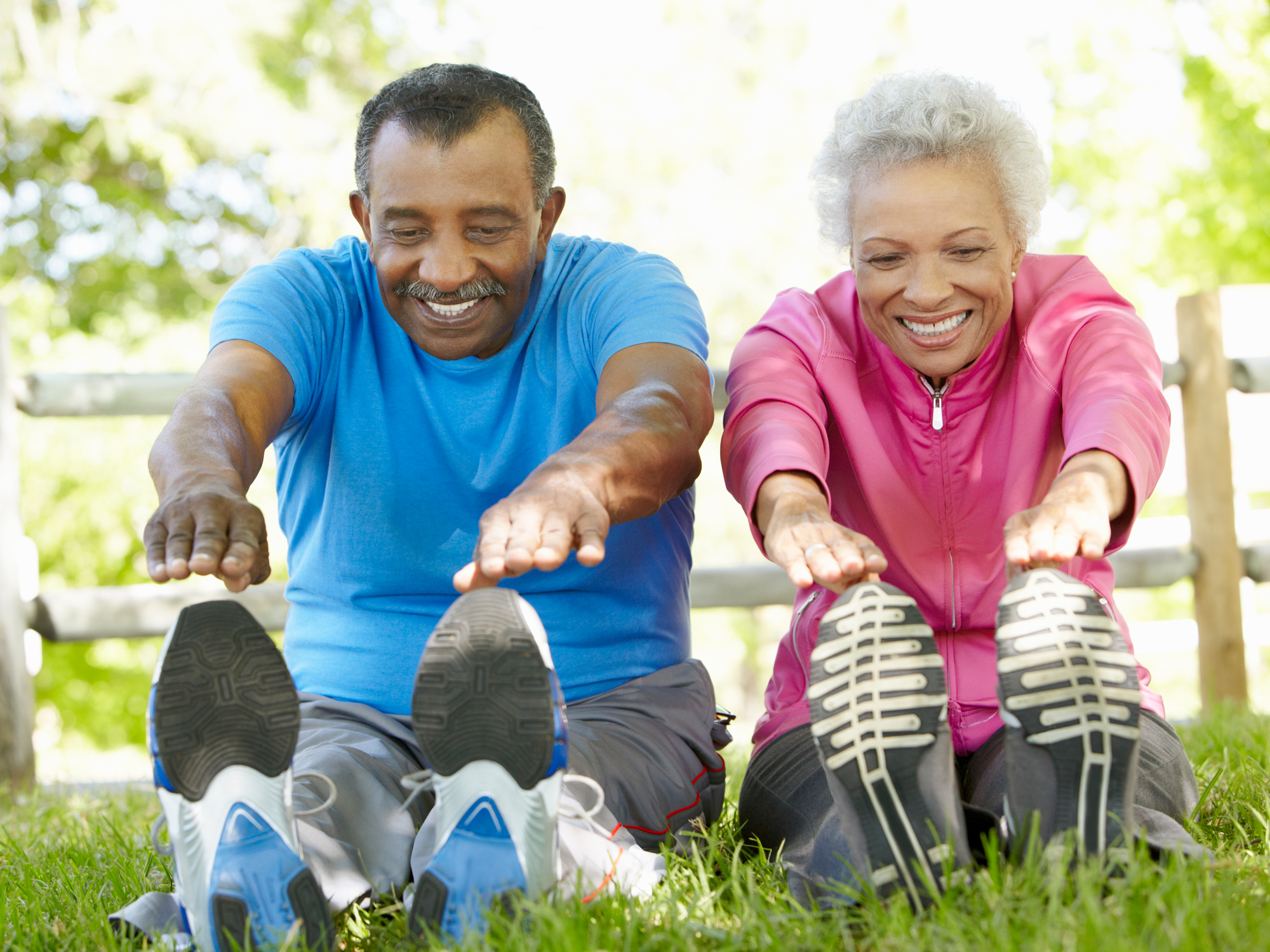Get Easy Health Digest™ in your inbox and don’t miss a thing when you subscribe today. Plus, get the free bonus report, Mother Nature’s Tips, Tricks and Remedies for Cholesterol, Blood Pressure & Blood Sugar as my way of saying welcome to the community!
Strengthen this body part to avoid the nursing home

You hear a lot about keeping your brain strong to keep your independence as you age.
That’s important, but there’s another body part that needs as much attention. Because if these go out on you, a nursing home may be the best place equipped to care for you…
According to experts, the single best predictor of whether or not you will end up in a nursing home is your leg strength.
That’s right… The number one determiner of how likely you are to lose your independence is not grip strength, dementia, diabetes, heart disease or even cancer, it’s weak leg muscles.
Yet, despite how important the strength of your legs is to your future, your doctor has probably never even tested it, much less given you the exercise advice you need to maintain the strong legs you need to ensure you will be able to continue living in your own home for as long as you want.
The reason your leg strength is so vital is that strong leg muscles help you to balance, preventing the falls that can result in a broken hip or injured back and land you in a nursing home.
And, just because you might be aging doesn’t mean your muscles have to become weak. Aging is not a disease. As long as you properly work your muscles, they can remain strong at any age.
The easiest way to check and see if you need to work on your leg strength is to sit down in a chair. When you stand up again, try to do it without touching your hands to the chair or using your arm strength to push you up.
If you can’t stand without using your arms, your legs need work.
Easy ways to keep your legs strong
There are easy exercises that you can incorporate into your daily activities that will keep your legs strong and vital.
Exercises to include:
Hip Marching – Sit in a chair with your feet flat on the ground in front of you. Raise one knee at a time as if you were marching while seated. Continue for 1-2 minutes. This strengthens your hip flexors and thighs, making it easier for you to walk.
Practice Standing – This one is simple. Just sit down and try to stand up again. Repeat 5-10 times. If you need to, you can use your hands to help you at first. As you get stronger, try to lift more of your weight using your leg muscles, instead of your arm strength.
Knee Extensions – Sit in a chair with your feet flat in front of you, knees bent. Lift one foot and straighten your leg out in front of you, holding for a count of three. Lower it to the floor and repeat on the other side. Repeat 10 times on each leg.
Calf Raises – Stand, holding on to the back of a chair or a cabinet for support. Raise your heels off of the floor until you are standing with your weight on your toes. Hold for a count of three then lower down. Repeat 10 times.
Walk – Simple walking is one of the best ways to maintain strength in your legs and even in your core muscles. Shoot for 10,000 steps a day. Most people find that an inexpensive pedometer is a great investment that helps them keep track of their exercise level and encourages them to stay active.
If you plan to keep your independence and stay out of a nursing home, the time to start strengthening your leg muscles is now. It takes just minutes a day but can change the future for you and your family, allowing you to be home where you want to be and preserving your finances.
Editor’s note: Have you heard of EDTA chelation therapy? It was developed originally to remove lead and other contaminants, including heavy metals, from the body. Its uses now run the gamut from varicose veins to circulation. Click here to discover Chelation: Natural Miracle for Protecting Your Heart and Enhancing Your Health!
Source:
What’s the best predictor of becoming a nursing home resident? — Capital Gazette













